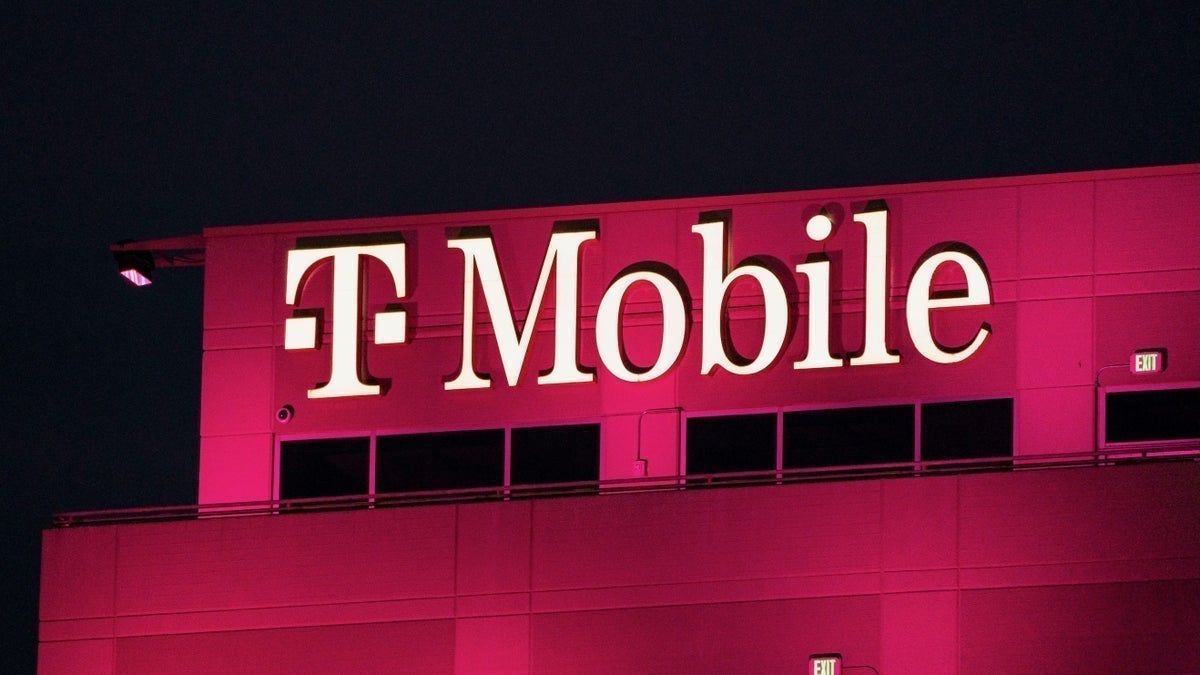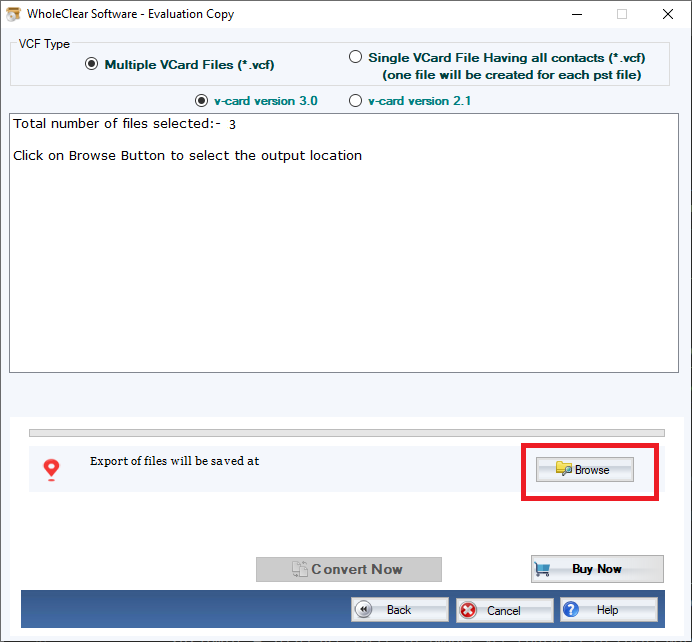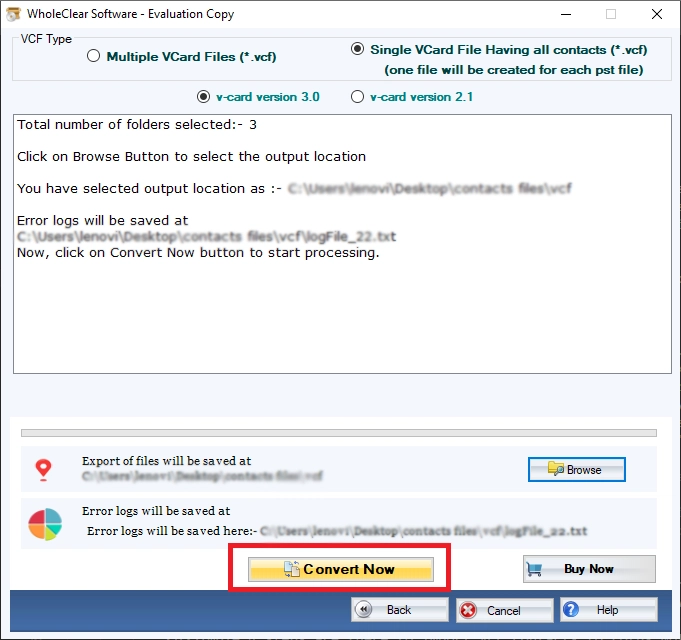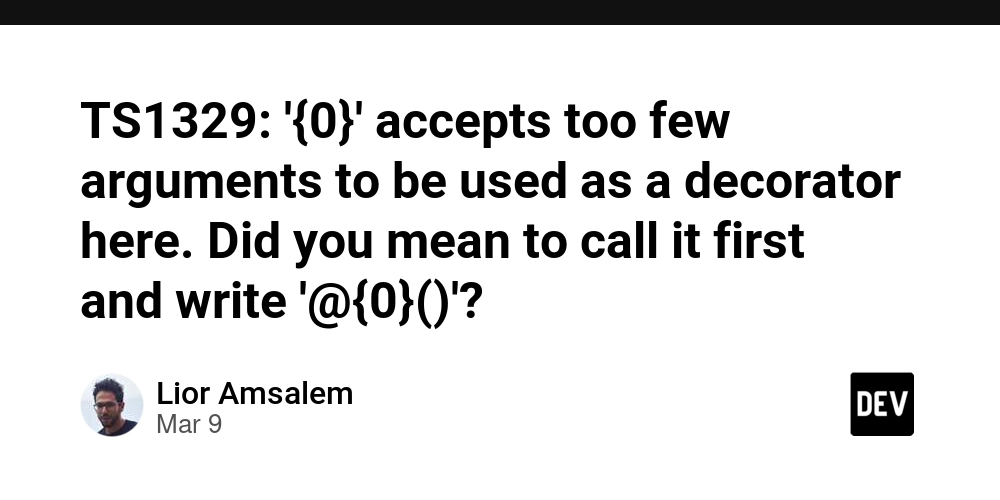From Spreadsheet to Sync: How to Convert Excel to vCard for Universal Contact Access
On a computer, Excel is an application where you might quickly save your contact information. Both personally and professionally depend on effective management of contacts. Microsoft Excel lacks connectivity with mobile phones, email clients, and cloud services even if it is excellent for orderly storing contact data. This is where the vCard (.vcf) structure finds application. Including cellphones, Outlook, Gmail, and Apple Contacts, a vCard file is a generally acknowledged format for storing and forwarding contact data between devices. Excel can be converted to vCard so you may quickly import and sync contacts between systems. This article will bring you through the methodically detailed process of turning Excel files from Windows PC into vCard format. Whether you're generating vCard from Excel file on Windows computers using manual techniques or Excel to vCard converter, you'll discover the optimal strategy. Let's begin now. Knowing about vCard and its significance Designed as a universal file format, a vCard (.vcf) holds contact information and facilitates simple sharing and importation between devices and programs. Managing contacts on several platforms is absolutely crucial in the digital environment of today. Excel files are great for data organization, but they are not exactly compatible with email clients or cell phones. Here is where vCard, Virtual Contact File, is useful. Standardized format for storing contact information including names, phone numbers, email addresses, corporate names, and even profile photos is a vCard file. Applications like Microsoft Outlook, Gmail, iCloud, Android, and iPhone contacts largely support it, so it is the recommended format for importing and exporting contacts easily To make vCard files from Excel spreadsheet files, first convert your Excel data into a suitable format ready for simple input into contact management systems. *Converting Excel to vCard has several important benefits as follows: * Works on all devices and contact management systems, therefore promoting universal compatibility. Deliver vCard from email, chat applications, or cloud storage—easy sharing. Easy importing allows you to rapidly move contacts to CRM systems, email clients, and phones. Turning an Excel file into a vCard (.vcf guarantees that your contact list is easily available, shareable, and well-organized on many systems. Let us now ready your Excel file for conversion! Manual Approach: Get Your Excel File Ready for Conversion Make sure your data is correctly structured before turning an Excel file into vCard to prevent conversion process mistakes. Creating vCard from Excel file on a computer starts with getting ready your spreadsheet. A well-organized Excel file guarantees a seamless conversion to the vCard (.vcf) style free from data missing. Use these guidelines to ready your Excel file Open your Excel file here. Launch Microsoft Excel then load the file with your personal information. Sort the data properly such that every column—name, phone number, email, address—represents a particular contact field. To match the vCard format, properly label the columns—e.g., "First Name," "Last Name," "Email," "Phone"—using Standard Headers. Eliminate duplicates and errors; look for formatting mistakes or duplicate entries that could lead to problems down road. Go to File > Save As > Choose CSV (.csv) and save your file as most vCard conversion systems call for a CSV format. Accurate formatting of your Excel file guarantees accurate mapping of all data during conversion to a vCard file. Your file is ready now; let us now discuss the conversion techniques. Manual Method To convert Excel to vCard First saving an Excel file as a CSV file, import it into Windows Contacts, and then export it as a vCard allows you to manually convert an Excel file. Follow these guidelines using Windows Contacts if you would want a free, built-in approach to generate a vCard file from Excel spreadsheet data: Method 1: For Windows 10 and 11 Users: Using Windows Contacts Open File Explorer then type contacts in the address bar. Press Enter to view the folder containing Windows Contacts. Import CSV files: Click on Import > Select CSV > Click Import using Comma Separated Values. Search and Choose Your CSV File Click Next from the saved CSV file. Match the CSV column headers—first name, last name, phone, email—with the appropriate vCard fields. Click Finish after you're completed. Export Contacts as vCard: Click Export > Select vCard (.vcf) > Choose a target folder > Click OK. Check the vCard File: Open the exported vCard file to validate the data is accurately saved. Method 2: Using Outlook (Alternative Manual Way) Open Microsoft Outlook and click to File > Open & Export > Import/Export. Select Import from another application or file > Click Next. Choose CSV file > Browse to import your file > clicked Next. Click Finish then choose contacts as the de
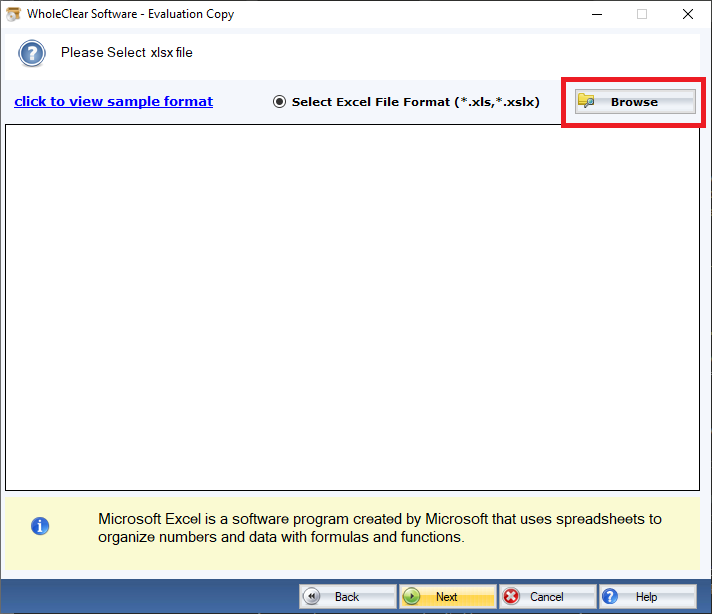
On a computer, Excel is an application where you might quickly save your contact information. Both personally and professionally depend on effective management of contacts. Microsoft Excel lacks connectivity with mobile phones, email clients, and cloud services even if it is excellent for orderly storing contact data. This is where the vCard (.vcf) structure finds application.
Including cellphones, Outlook, Gmail, and Apple Contacts, a vCard file is a generally acknowledged format for storing and forwarding contact data between devices. Excel can be converted to vCard so you may quickly import and sync contacts between systems.
This article will bring you through the methodically detailed process of turning Excel files from Windows PC into vCard format. Whether you're generating vCard from Excel file on Windows computers using manual techniques or Excel to vCard converter, you'll discover the optimal strategy. Let's begin now.
Knowing about vCard and its significance
Designed as a universal file format, a vCard (.vcf) holds contact information and facilitates simple sharing and importation between devices and programs.
Managing contacts on several platforms is absolutely crucial in the digital environment of today. Excel files are great for data organization, but they are not exactly compatible with email clients or cell phones. Here is where vCard, Virtual Contact File, is useful.
Standardized format for storing contact information including names, phone numbers, email addresses, corporate names, and even profile photos is a vCard file. Applications like Microsoft Outlook, Gmail, iCloud, Android, and iPhone contacts largely support it, so it is the recommended format for importing and exporting contacts easily
To make vCard files from Excel spreadsheet files, first convert your Excel data into a suitable format ready for simple input into contact management systems.
*Converting Excel to vCard has several important benefits as follows: *
- Works on all devices and contact management systems, therefore promoting universal compatibility.
- Deliver vCard from email, chat applications, or cloud storage—easy sharing.
- Easy importing allows you to rapidly move contacts to CRM systems, email clients, and phones.
Turning an Excel file into a vCard (.vcf guarantees that your contact list is easily available, shareable, and well-organized on many systems. Let us now ready your Excel file for conversion!
Manual Approach: Get Your Excel File Ready for Conversion
Make sure your data is correctly structured before turning an Excel file into vCard to prevent conversion process mistakes.
Creating vCard from Excel file on a computer starts with getting ready your spreadsheet. A well-organized Excel file guarantees a seamless conversion to the vCard (.vcf) style free from data missing.
Use these guidelines to ready your Excel file
- Open your Excel file here. Launch Microsoft Excel then load the file with your personal information.
- Sort the data properly such that every column—name, phone number, email, address—represents a particular contact field.
- To match the vCard format, properly label the columns—e.g., "First Name," "Last Name," "Email," "Phone"—using Standard Headers.
- Eliminate duplicates and errors; look for formatting mistakes or duplicate entries that could lead to problems down road.
- Go to File > Save As > Choose CSV (.csv) and save your file as most vCard conversion systems call for a CSV format.
- Accurate formatting of your Excel file guarantees accurate mapping of all data during conversion to a vCard file. Your file is ready now; let us now discuss the conversion techniques.
Manual Method To convert Excel to vCard
First saving an Excel file as a CSV file, import it into Windows Contacts, and then export it as a vCard allows you to manually convert an Excel file.
Follow these guidelines using Windows Contacts if you would want a free, built-in approach to generate a vCard file from Excel spreadsheet data:
Method 1: For Windows 10 and 11 Users: Using Windows Contacts
- Open File Explorer then type contacts in the address bar. Press Enter to view the folder containing Windows Contacts.
- Import CSV files: Click on Import > Select CSV > Click Import using Comma Separated Values.
- Search and Choose Your CSV File Click Next from the saved CSV file.
- Match the CSV column headers—first name, last name, phone, email—with the appropriate vCard fields. Click Finish after you're completed.
- Export Contacts as vCard: Click Export > Select vCard (.vcf) > Choose a target folder > Click OK.
- Check the vCard File: Open the exported vCard file to validate the data is accurately saved.
Method 2: Using Outlook (Alternative Manual Way)
- Open Microsoft Outlook and click to File > Open & Export > Import/Export.
- Select Import from another application or file > Click Next.
- Choose CSV file > Browse to import your file > clicked Next.
- Click Finish then choose contacts as the destination folder.
- Proceed now to File > Save As and export using vCard Format (.vcf).
Though they take time, both manual techniques are free. Let us review professional tools in the following part if you want a quicker and more automated method.
Professional Solution: Excel for vCard Converter
The fastest and most effective method to convert an Excel file to a vCard (.vcf) with minimum effort and no data loss is using our powerful WholeClear Excel to vCard converter software.
Manual techniques include drawbacks like missing data, inaccurate mapping, and the impossibility to export several contacts into a single vCard file even if they succeed. One more certain way to prevent these problems is to use an Excel to vCard conversion application.
How would one create a vCard from an Excel sheet?
- Install and download the software on your PC.
- Now, browse the Excel files you want to convert.
- Provides a location for the output file.
- Lastly, click on “Convert Now” for the conversion of files.
Once Excel files have been converted into vCard format, importing the converted vCard files into other email systems such Microsoft Outlook, Gmail, etc. is simple.
Final Thought
Managing and forwarding contact information across several platforms including Gmail, Outlook, iPhone, and Android depends on an Excel file being converted to a vCard. For a more flawless and error-free conversion, the process can be completed manually using CSV files and Windows Contacts or with specific software.
Using a WholeClear Excel to vCard conversion software guarantees the most effective method if you have many contacts as it guarantees:
- Precise field mapping with names, emails, phone numbers, addresses, etc.).
- Bulk contact conversion into one single vCard file.
- Compatibility with several vCard versions (2.1, 3.0, and 4.0).
Always review your Excel file formatting, make sure the right vCard version is utilized, and resolve any import problems that show up for optimum results. Whether your company professional, marketer, or just someone trying to simplify contact management, this tutorial offers all you need to know about making vCard from Excel spreadsheet files on a computer.
Now it's your turn. Try the techniques to export Excel to VCF this book offers; let us know in the comments whether you have any queries or require further help.








































































































































































![[The AI Show Episode 143]: ChatGPT Revenue Surge, New AGI Timelines, Amazon’s AI Agent, Claude for Education, Model Context Protocol & LLMs Pass the Turing Test](https://www.marketingaiinstitute.com/hubfs/ep%20143%20cover.png)


















































































































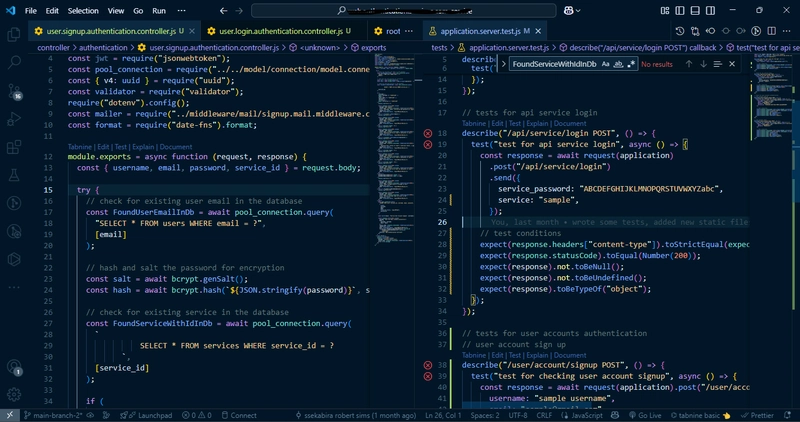
















![From drop-out to software architect with Jason Lengstorf [Podcast #167]](https://cdn.hashnode.com/res/hashnode/image/upload/v1743796461357/f3d19cd7-e6f5-4d7c-8bfc-eb974bc8da68.png?#)









































































































.jpg?#)































_ArtemisDiana_Alamy.jpg?#)


 (1).webp?#)









































































-xl.jpg)












![Yes, the Gemini icon is now bigger and brighter on Android [U]](https://i0.wp.com/9to5google.com/wp-content/uploads/sites/4/2025/02/Gemini-on-Galaxy-S25.jpg?resize=1200%2C628&quality=82&strip=all&ssl=1)










![Apple Rushes Five Planes of iPhones to US Ahead of New Tariffs [Report]](https://www.iclarified.com/images/news/96967/96967/96967-640.jpg)
![Apple Vision Pro 2 Allegedly in Production Ahead of 2025 Launch [Rumor]](https://www.iclarified.com/images/news/96965/96965/96965-640.jpg)















































